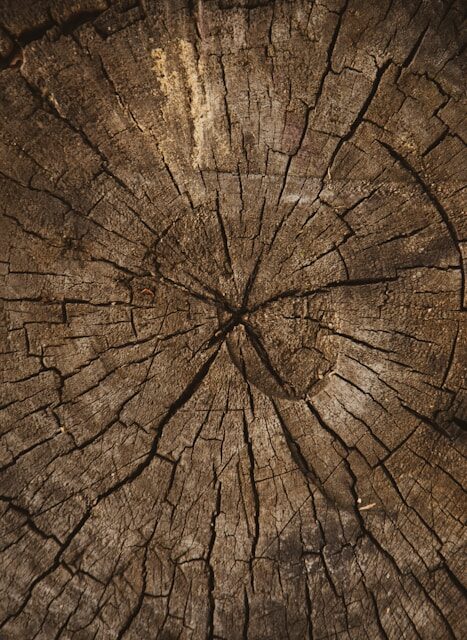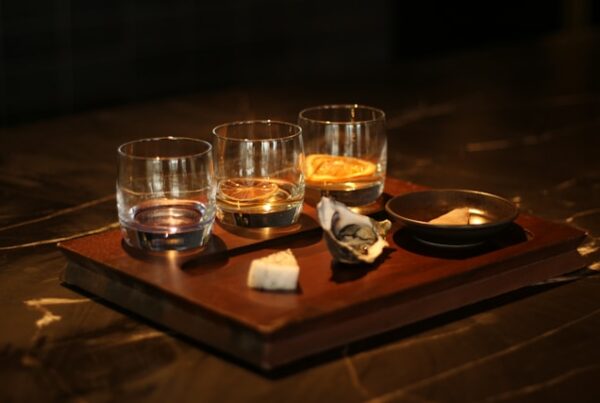Irish whiskey has to be aged for a minimum of 3 years – and one day. 😉 But have you ever wondered why a whiskey aged for 18 years can taste dramatically different from one aged for 3? Or how the same whiskey aged in two different casks can have completely different flavours? The answer lies in science, in the environment during production and aging, and in the barrel itself. In this blog post, we’ll let you know how the wood of the barrel influences the whiskey over time.
The wood used in the barrels
What kinds of wood can be used in whiskey barrels, and how do they influence the taste and aroma of the spirit? That is a question whiskey producers have asked themselves for hundreds of years. While in early years, they had to use what was available in the country, today, producers have access to materials from all over the world. In fact, Irish whiskey is one of only few nations’ whiskeys that is allowed to be aged in casks made from other woods than oak. Most of the time, however, American or European white oak is used for the barrels.
The sturdiness of the oak makes it the perfect material for whiskey casks of 200 up to 500 litres. The American white oak grows quite fast and has a dense wood structure. Used in a whiskey barrel, it can give the spirit aromas of vanilla, caramel, and coconut. The European white oak takes longer to grow and has a more open wood structure. Whiskey aged in European oak barrels is known for its complex aromas of spices, dried fruits, and nuts.

Image source: Volodymyr Hryshchenko on Unsplash
It’s what’s in the barrel that counts
It is not only the wood of the barrel itself that influences the aromas of the whiskey. While there are so called “virgin oak” casks, a term that you might find on a whiskey label, most of the barrels have already been used in the production of sherry or bourbon. For that, they have to be charred from the inside. The charring of the wood provokes that its aromas, the sugars and vanillins, can be released into the whiskey more quickly.
During the aging process, which can take up to more than 20 years, some distillers use multiple cask types to layer the complexity of the spirit. Further, especially in the finishing process in the last months, wine barrels are also used to create even more unique flavours.

Image source: August Phlieger on Unsplash
How does aging work?
When whiskey enters the barrel, it begins to extract compounds from the charred wood. These include vanillin, which are responsible for sweet notes; lactones, which impart coconut or woody aromas; tannins, which influence the structure; and the like. The charring of the barrel creates a layer that interacts directly with the spirit while simultaneously acting as a filter for unwanted compounds. Over time, little amounts of air enter the barrel and start the oxidation process, which softens harsher alcohol notes. And of course this works the other way round, too: Every year, a portion of whiskey evaporates through the barrel, known as the “angel’s share.” And then, the environment influences the whiskey aging in the cask as well: Temperature, humidity, and the location of the warehouse affect the maturation process. While the temperatures in Ireland are quite moderate, supporting a slow and steady aging process, you might be able to imagine that humidity is definitely higher than in other countries that produce whiskey.
And now? Keep an eye out for descriptions on Irish whiskey labels: In what cask is the whiskey aged and finished? And the question of all questions – what do you like the most? Best, try it for yourself. For example, during a visit to our Irish Whiskey Museum bar.
Header image source: Chris Hands on Unsplash





